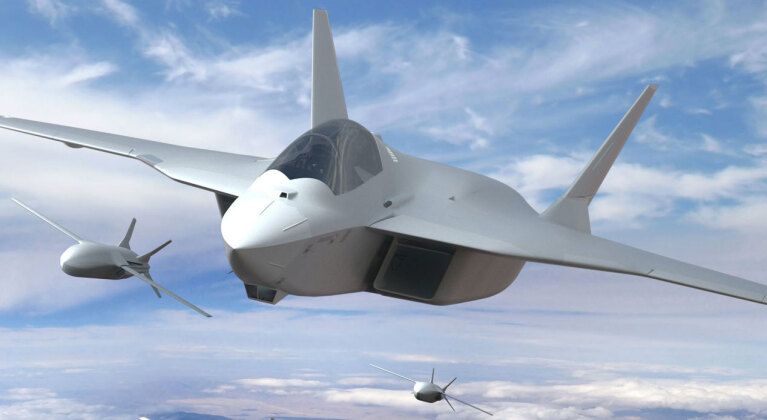News
Why Europe Will Continue Losing Fighter Aviation Contracts Fast: Market Share Goes to F-35s, KF-21s and Others
The Lockheed Martin F-35 stealth fighter has continued to make major gains in global arms markets, consistently sweeping aside competition from the European Gripen, Eurofighter and Rafale to which it has not lost a single contract. Nowhere have these gains been more pronounced than in Europe itself, where despite significant political pressure, both domestically in fighter-producing countries such as Germany and by France beyond its borders, European jets have floundered in tender after tender. Major recent losses have included Belgium, Poland, Finland and Switzerland, which were all considered leading potential clients for the three European fighter classes but lost to the F-35.
This trend appears set to continue as Austria, Spain and the Czech Republic all look to the F-35 over European rivals, while even Germany itself under the new Olaf Scholtz administration has unprecedentedly also committed to F-35 purchases over its own Eurofighter program. The F-35’s position as the only Western post fourth generation fighter in production has allowed it to claim market share with little difficulty in countries which, for political reasons, cannot consider non Western competitors, and comes at comparable cost to European fourth generation fighters despite a very significant discrepancy in performance. This cost effectiveness has largely been achieved due to the greater efficiency of the American defence sector and the F-35’s much larger scale of production, which far exceeds that of any other fighter class in the world.

Due to an inability to compete with the F-35, exports of European fighters have largely focused on markets where the aircraft has not been offered for export for political reasons namely those in the Arab world, as well as India and Brazil for the Rafale and Gripen E/F. France has managed to gain two Rafale within Eastern Europe, but only by either offering supplementary units free of charge as aid, or selling second hand models, meaning they competed in a price range far below that of new models or of the F-35. Once the U.S. begins to offer the F-35 more widely, or the NATO-compatible KF-21 fifth generation fighter from South Korea becomes available, opportunities for European fighter exports are expected to end entirely. The KF-21 is expected to be significantly cheaper than the Eurofighter and Rafale, while comfortably surpassing their performances and providing advanced stealth capabilities and comparable or potentially even lower operational costs.

Where current fourth generation fighters are expected to only fare worse with time, European countries are not expected to produce a next generation fighter until the 2040s at best, by which time China and the United States are expected to long since have begun fielding sixth generation fighters. An indication of how far behind European producers had fallen was given by the CEO of the French aerospace firm Dassault Eric Trappier, who stated in June 2022 regarding the state of the FCAS next generation fighter program that “[The target of] 2040 is already missed, because we already stall, and the discussions of the next phase will surely also be long,” he said, “so we rather aim for the 2050s.” This meant the aircraft would enter service around 25 years behind American and Chinese sixth generation fighters and quite possibly after both countries have moved on to a seventh generation. The viability of a European next generation fighter has itself repeatedly been brought to question due to the limited technologies and industrial base available, particularly if such an aircraft is required to compete on a comparable level to its U.S. and Chinese counterparts. American and South Korean fighters, and in more neutral countries such as Saudi Arabia potentially Chinese ones as well, are expected to continue to rapidly encroach on European market share which has already diminished considerably since the Cold War era and is expected to continue to decline rapidly.












